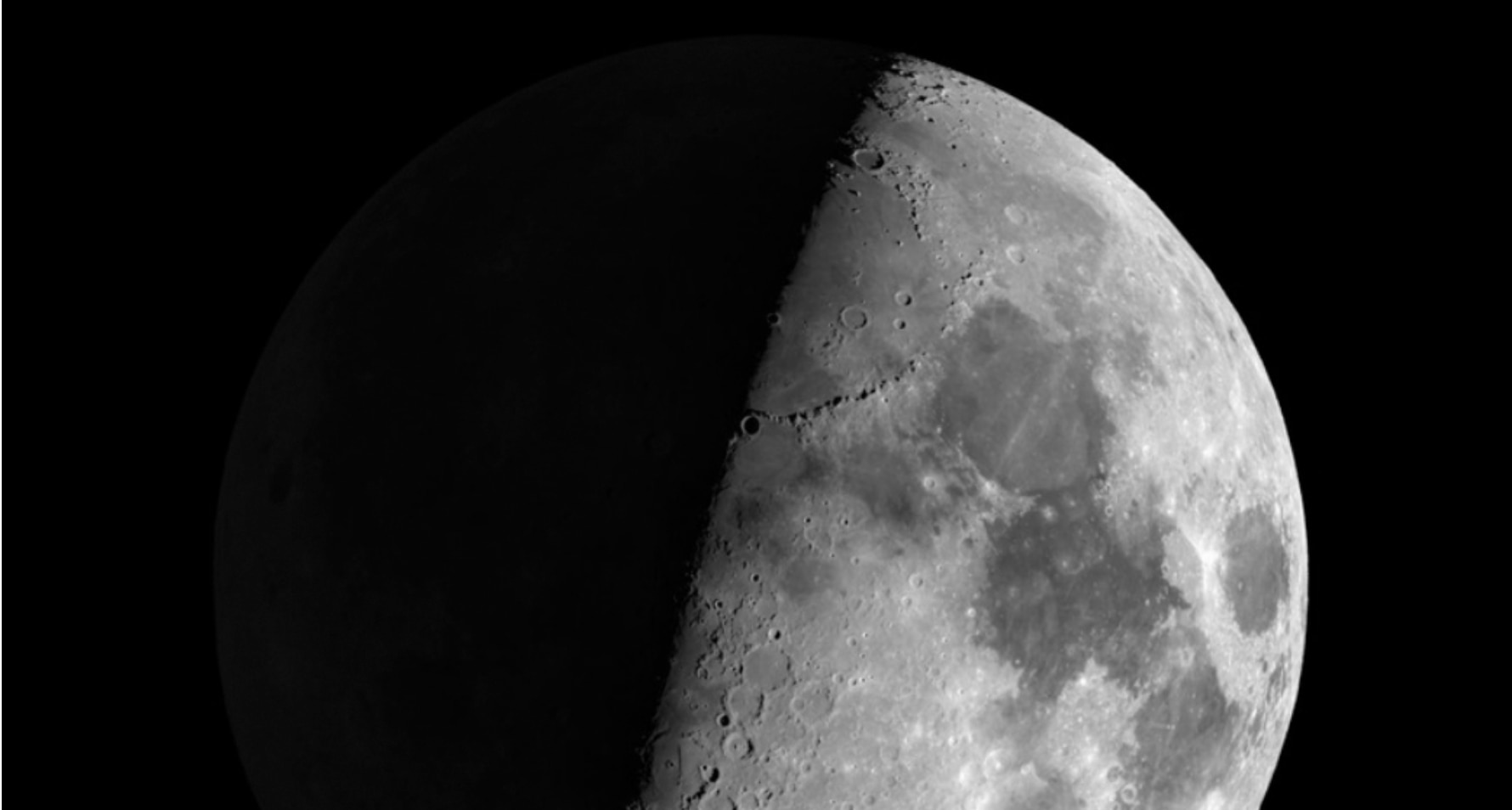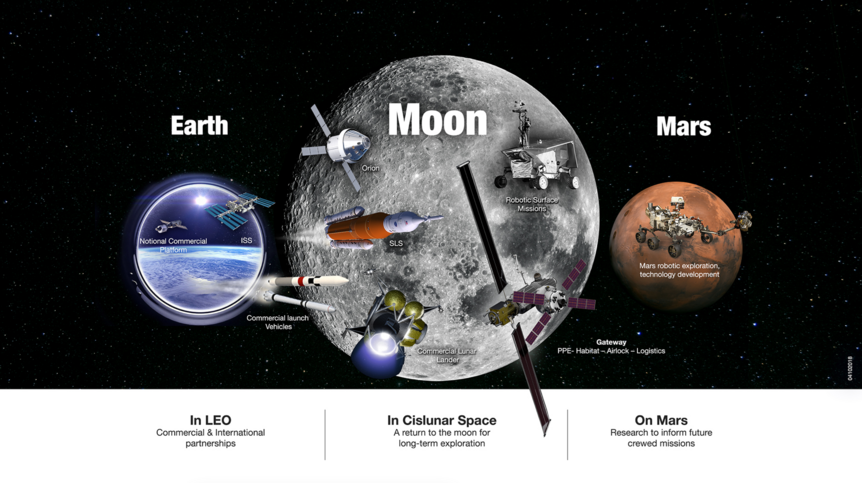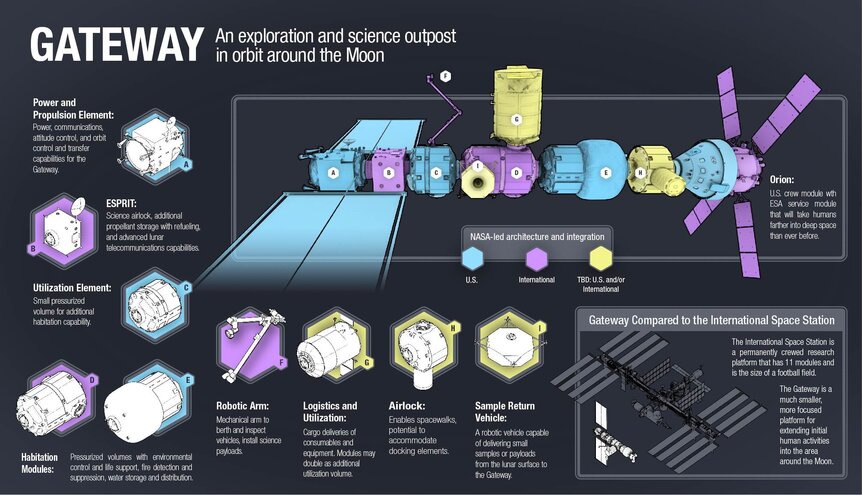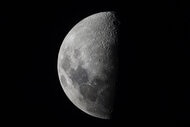Create a free profile to get unlimited access to exclusive videos, sweepstakes, and more!
NASA is so blasting astronauts to the moon by 2028

Though boot prints on Mars might not be happening anytime soon, NASA’s determination to get astronauts on the moon again isn’t just one small step this time.
NASA Administrator Jim Bridenstine made that obvious to anyone who attended a recent gathering at the space agency’s headquarters, a week after its Broad Agency Announcement called for commercial submissions proposing lunar landers, space tugs and refueling systems to give humans a permanent and sustainable lunar presence.
Any companies looking to be a potential part of this venture have until March 25 to show what they could bring to lunar exploration. NASA will select its top candidates in May and issue contracts of up to $9 million in July (just in time for the 50th anniversary of Apollo 11’s giant leap for mankind) for further research. It doesn't get much more serious than nine million to get us to the moon as soon as conceivably possible.
It was Space Policy Directive 1 that really pushed NASA towards our satellite, using its Lunar Orbital Platform-Gateway as a way station for moon-bound spacecraft. Think of the Gateway as the zero-g hybrid of a ferry and a truck stop. Landers, made of a descent element and a reusable ascent element, will be shuttled to and from low-lunar orbit by transfer vehicles before finally touching down on the moon dust.
Refueling craft will be on hand to resupply transfer tugs and returning ascent vehicles to the landers can return to the lunar surface. NASA is calling this operation “open architecture”, and it will let us reach more parts of the moon than our species ever has.
So this is how it’s going to go down. In 2024, as the Gateway is still being constructed in cislunar space, NASA will conduct an uncrewed descent vehicle test. The vehicles themselves will be provided by multiple companies, one of which is likely to be SpaceX. Northrop Grumman and Boeing also look to be under consideration.
In 2026, astronauts will take off to the Gateway on an Orion spacecraft, which will also be carrying the ascent element of a crewed lunar lander. The descent element and transfer vehicle will be launched to the Gateway by separate commercial rockets. After the lunar lander’s elements are combined, it will go through a full landing test before returning to the Gateway.
Fast-forward to 2028, and an Orion spacecraft will launch a crew of four astronauts to the Gateway, where they will drop off an airlock. Commercial launches will supply cargo and refueling missions as well as a new lunar descent element. The astronauts will fly their lander into low-lunar orbit using the transfer vehicle before detaching and landing on the moon for the first time in what will be close to 60 years.
NASA has its sights set much further than the moon, and while it keeps pushing its lunar science program to the outer limits, it is also looking beyond those limits. Think Mars.
(via Space.com)
















